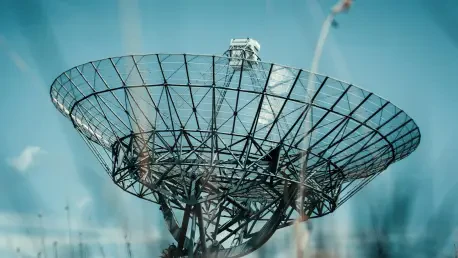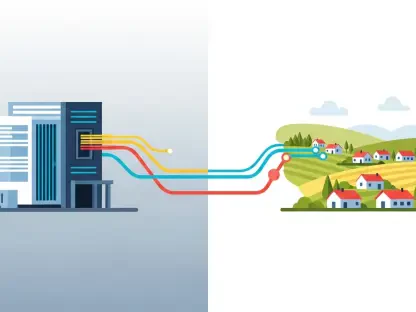With the rapid pace of technological advancements, a new frontier in connectivity is emerging that could revolutionize how individuals access networks even in the most remote locations. Within this evolving landscape, T-Mobile’s recent initiatives have sparked considerable interest. Their ambitious venture to employ satellite technology is poised to transform traditional telecom infrastructure. Amidst this dynamic backdrop, T-Mobile’s T-Satellite service has garnered attention not only for its innovative approach but also for its potential to redefine connectivity standards across the nation. Starting with the nationwide launch of T-Satellite, the company aims to tackle the often daunting challenge of providing network access where traditional towers fall short, impacting a vast number of users who still experience connectivity deserts.
Learning from Leadership and Technology
T-Mobile US recently positioned itself as a leader in network strength and reach within the United States, as indicated by results from Ookla’s tests. The provider’s success is underscored by an upgraded infrastructure boasting remarkable speed and availability, setting a high bar against competitors like AT&T and Verizon. The role of T-Mobile’s leadership, particularly the efforts led by CEO Mike Sievert, has been vital in steering the company toward this groundbreaking development. Their reliance on SpaceX’s Starlink satellites for the upcoming launch on July 23 highlights the convergence of telecom and aerospace technology to push connectivity boundaries. With an impressive array of approximately 82,815 towers and significant spectrum advantages, T-Mobile has strategically invested in infrastructure enhancements that favor its long-term growth and market leadership. The satellite service, ready to serve as a bridge across the over 500,000 square miles missing traditional infrastructure, embodies this forward-thinking approach, spotlighting T-Mobile’s ambition to provide comprehensive coverage across diverse geographies.
Innovative Integration and User Impact
T-Mobile’s satellite service represents more than just a technical endeavor; it is a customer-centric initiative geared toward elevating user experience on a profound scale. As articulated by President Mike Katz, an impressive 75% of T-Mobile users will find their existing devices compatible with this new service, reinforcing the company’s commitment to accessibility. The conclusion of the beta phase, marked by participation from over 1.8 million users, has already demonstrated its practical viability—over one million messages have been effectively transmitted from previously underserved locales. A significant aspect of T-Mobile’s proposition is its attempt to eliminate financial barriers for subscribers. While premium plan users enjoy seamless access to this satellite service at no extra charge, counterparts on competing networks like AT&T and Verizon may opt-in with a $10 monthly fee. Moreover, the service enhancement includes introducing SMS support across both Android and iOS platforms, with strategic plans to roll out data services and enable 911 texting capabilities by October 1.
Collaborative Innovations and Future Prospects
In a bold move toward fostering a robust ecosystem around its satellite service, T-Mobile actively collaborates with leading technology companies, encouraging developers to optimize applications for seamless integration with its platform. Industry giants like Google and Apple are among the partners lending their expertise to refine user applications tailored for satellite connectivity, ensuring that the service meets existing technological standards and user expectations. As the telecommunications industry evolves, T-Mobile’s satellite service initiative signifies a potential shift away from conventional frameworks, inviting a reevaluation of the possibilities that satellite technology can offer. The alliance between cutting-edge telecom innovation and broad market participation could serve as a template for others in the industry striving to overcome the limits of terrestrial network infrastructure. Through its ambitious efforts, T-Mobile has positioned itself at the forefront of a transformative period, with its satellite service not only shaping the future of connectivity but also influencing how telecom businesses approach innovations.
A Look Ahead at Connectivity
T-Mobile US has emerged as a leader in network strength and reach across America, evidenced by Ookla’s test results. This achievement results from its enhanced infrastructure, known for impressive speed and availability, setting a high standard for rivals like AT&T and Verizon. CEO Mike Sievert’s leadership has played a pivotal role in guiding the company toward these advancements. The upcoming launch on July 23 is noteworthy for leveraging SpaceX’s Starlink satellites, merging telecom with aerospace technology to expand connectivity limits. T-Mobile strategically upgraded its infrastructure with around 82,815 towers and substantial spectrum advantages, securing its long-term growth and dominance. The satellite service aims to cover over 500,000 square miles lacking traditional networks, highlighting T-Mobile’s forward-thinking strategies. This approach underscores their goal to offer broad coverage across diverse landscapes, reinforcing their leadership in innovative communication solutions.









